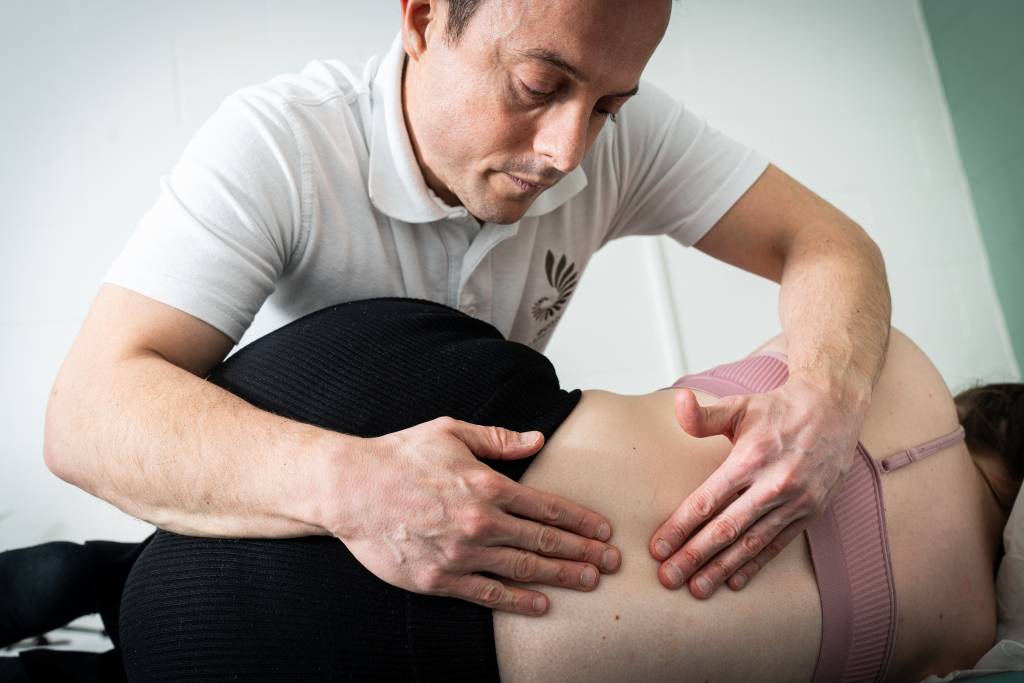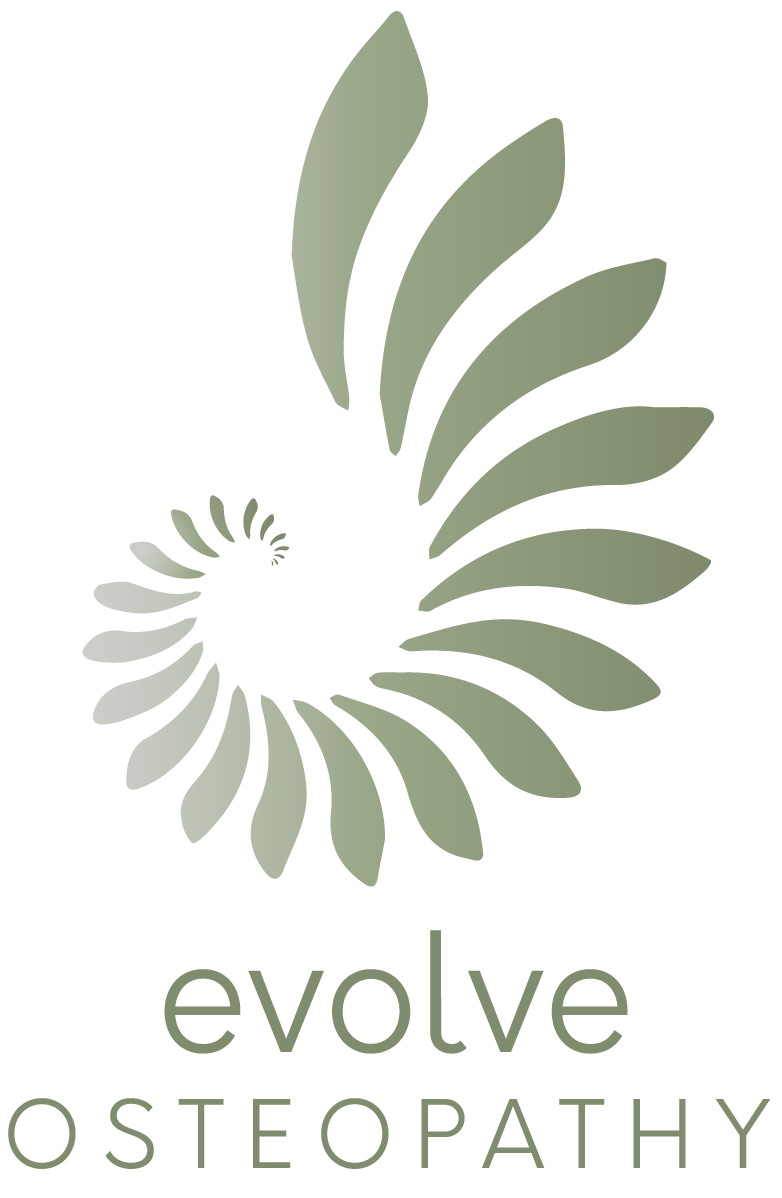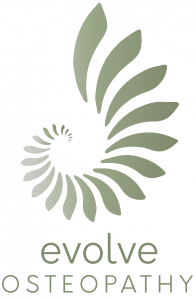Sciatica is a debilitating condition that affects millions of people worldwide. It occurs when the sciatic nerve, which runs from the lower back down to the legs, becomes irritated or compressed. The pain associated with sciatica can be excruciating and can greatly impact a person’s quality of life. While there are various treatment options available, many people prefer a natural approach to relieve their symptoms and hate taking medications, especially long term. In this blog, we will explore six natural ways to alleviate sciatica and improve overall well-being.
Understanding Sciatica: Causes and Symptoms
Sciatica can be caused by several factors, including a herniated disc, spinal stenosis, or even a muscle strain. The most common symptom of sciatica is a shooting pain that radiates from the lower back down to the legs. This pain can be accompanied by numbness, tingling, or a burning sensation. In severe cases, individuals may experience weakness or difficulty in moving the affected leg. It is essential to consult a healthcare professional for an accurate diagnosis and to determine the underlying cause of sciatica.
Effective Natural Remedies for Sciatica Relief
-
Exercise: Engaging in low-impact exercises such as walking, swimming, or yoga can help alleviate sciatic pain. These activities promote the release of endorphins, which are natural painkillers. Additionally, stretching exercises can help relieve muscle tension and improve flexibility.
-
Hot and cold therapy: Applying a hot or cold compress to the affected area can provide temporary relief from sciatica pain. Heat relaxes the muscles and increases blood flow, while cold reduces inflammation and is a natural painkiller. It is recommended to alternate between hot and cold therapy for maximum effectiveness.
-
Avoid sitting for long periods: Sitting for many hours, such as working at a desk or watching TV or commuting can make back pain worse due to stiffness. The NICE guidelines for low back pain even recommend movement in general, along with exercises to loosen up inflamed areas as a first port of call. When you recover and your symptoms re-emerge or worsen, you can always try your stretches and exercises at home for self management.
-
Osteopathy treatment: Visiting an Osteopath can be daunting, especially when you are in pain and many fear that it may make it worse. However in the beginning, gentle treatment to help decompress the low back, stretch and massage the muscles and joints can go a long way to helping you move more on your own. Osteopathic treatment is a safe and natural treatment for sciatica. It is however important to know what is causing the sciatica in order to know the appropriate treatment approach. Sciatica can be diagnosed during a physical exam by an Osteopath, or your GP might refer you for an X-ray or magnetic resonance imaging (MRI) scan in order to know more about your condition. After a working diagnosis is made, an Osteopath can work with you to help you recover from injury and build confidence to rebuilding your health. Specific stretches and mobilisations for the sciatic nerve can also be given alongside a corrective exercise program to stop the pain returning in the long term.

5, Lifestyle Changes to Alleviate Sciatic Nerve Pain
Making certain lifestyle changes can significantly contribute to reducing sciatica symptoms. Maintaining a healthy weight can help alleviate pressure on the sciatic nerve. Incorporating anti-inflammatory foods such as oily fish and supplementing with flaxseeds, turmeric and and ginger into your diet can also aid in managing pain. Additionally, practicing good posture, using proper body mechanics, and avoiding prolonged sitting or standing can prevent further aggravation of the condition.
6, Exploring Alternative Therapies for Sciatica Relief
Alternative therapies have gained popularity in relieving sciatica pain. Acupuncture, for example, involves the insertion of thin needles into specific points on the body to stimulate nerve activity and improve blood flow. Additionally, massage therapy, acupressure, and reflexology have shown promising results in reducing sciatica symptoms.
While natural remedies can provide relief for many individuals suffering from sciatica, it is important to remember that each person’s experience with the condition is unique. What works for one person may not work for another. It is always advisable to consult with a healthcare professional before trying any natural remedies or alternative therapies. With proper care and the right combination of treatments, it is possible to find relief from sciatica and improve overall well-being.

